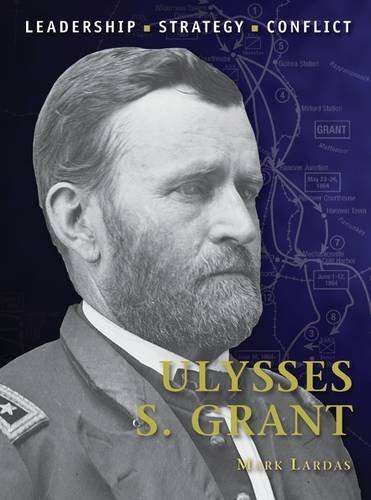


Books in series

Napoleon Bonaparte
2012

Erich von Manstein
2010

George S. Patton
2010

Julius Caesar
2010

Erwin Rommel
2006

Toyotomi Hideyoshi
2006

Robert E. Lee
2006

Command
Henry V
2006

Bernard Montgomery
2010

Marlborough
2006

Hannibal
2011

Saladin
2011

Heinz Guderian
2011

Garibaldi
2011

Walther Model
2011

Horatio Nelson
2011

Bill Slim
2011

Eisenhower
2011

Lawrence of Arabia
2011

Orde Wingate
2012

George Washington
2011

Georgy Zhukov
2012

Pompey
2012

Tokugawa Ieyasu
2012

Omar Bradley
2012

Yamamoto Isoroku
2012

Albert Kesselring
2012

Archibald Wavell
2012

Ulysses S. Grant
2002

Mustafa Kemal Atatürk
2013

Attila the Hun
2014

Gustaf Mannerheim
2015
Authors


Steven Zaloga is an author and defense analyst known worldwide for his articles and publications on military technology. He has written over a hundred books on military technology and military history, including “Armored Thunderbolt: The US Army Sherman in World War II”, one of the most highly regarded histories of the Sherman Tank. His books have been translated into Japanese, German, Polish, Czech, Romanian, and Russian. He was a special correspondent for Jane’s Intelligence Review and is on the executive board of the Journal of Slavic Military Studies and the New York Military Affairs Symposium. From 1987 through 1992, he was the writer/producer for Video Ordnance Inc., preparing their TV series Firepower. He holds a BA in history from Union College and an MA in history from Columbia University. Mr. Zaloga is also a noted scale armor modeler and is a host/moderator of the World War II Allied Discussion group at Missing-Lynx.com, a modelling website. He is a frequent contributor to the UK-based modeling magazine Military Modelling. He is a member of the Armor Modeling and Preservation Society.

Dr. David C. Nicolle (born 4 April 1944) is a British historian specialising in the military history of the Middle Ages, with a particular interest in the Middle East. David Nicolle worked for BBC Arabic before getting his MA at SOAS, University of London. He gained a PHD at the University of Edinburgh. He lectured in World and Islamic art and architecture at Yarmouk University, Jordan. He was also on the editorial board of the Medieval History Magazine.


By birth a New Zealander, I was educated in Australia and at the Royal Military Academy Sandhurst. After a 20-year career in the British Army I turned my hand to writing, my PhD being published in 2004 as 'Slim, Master of War, a military biography of arguably Britain's greatest field commander of WW2. I am a Fellow of the Royal Historical Society. I am a trustee of the Kohima Educational Trust, which seeks to provide educational opportunities for young learners in Nagaland.
